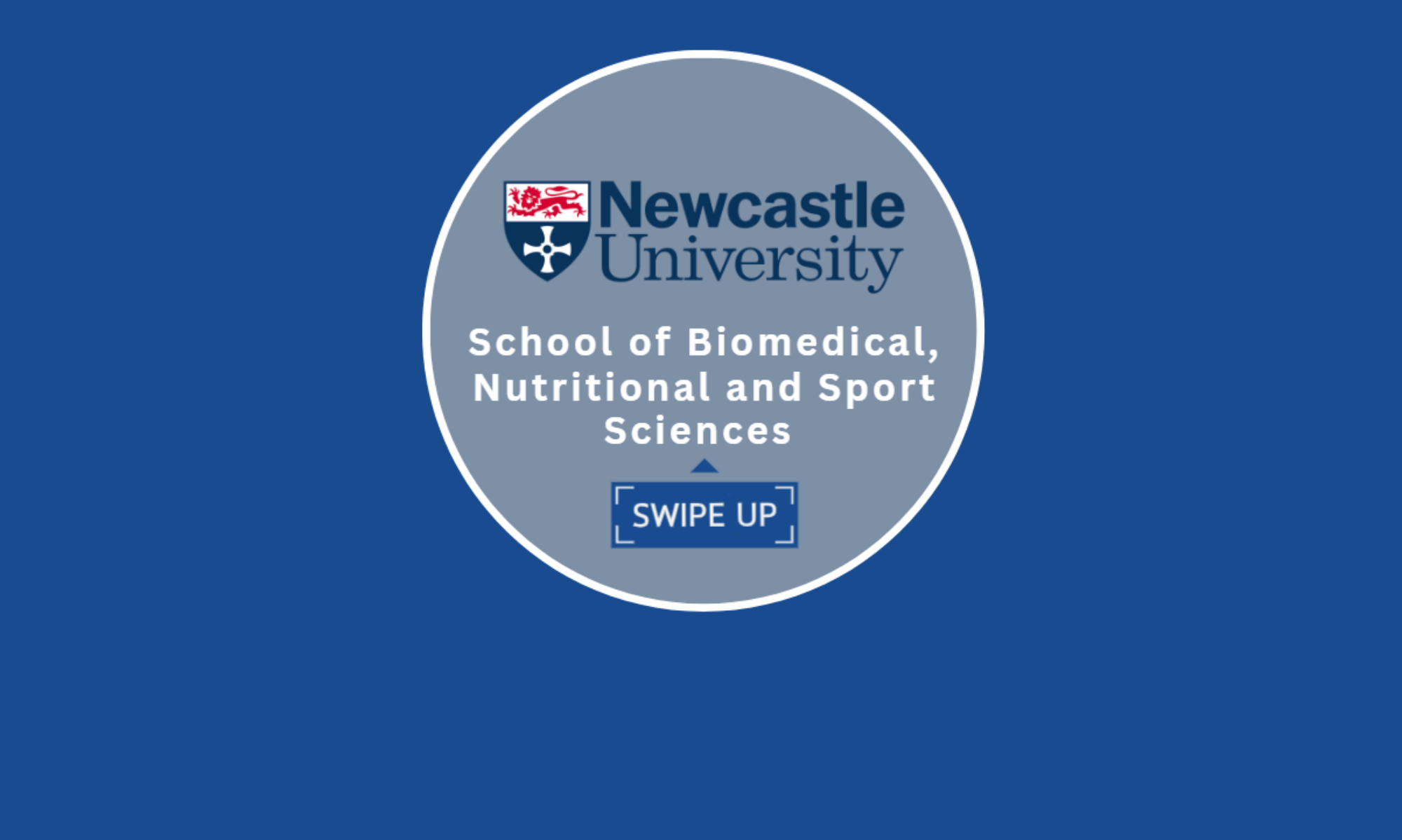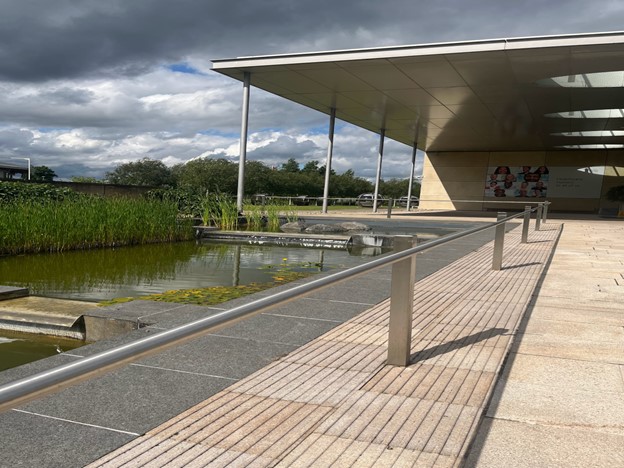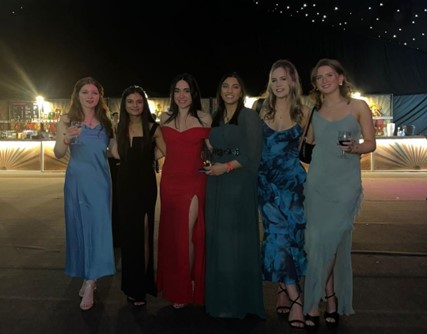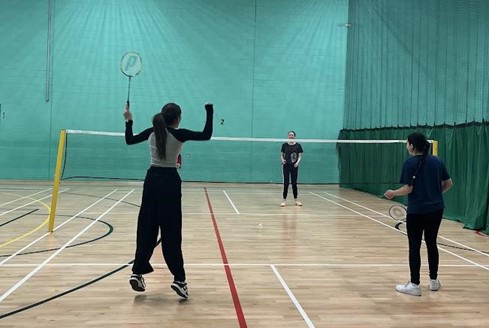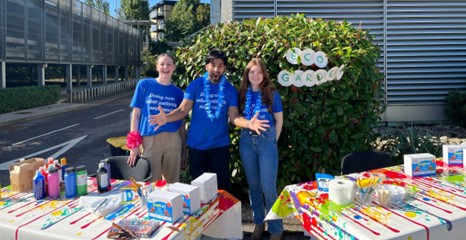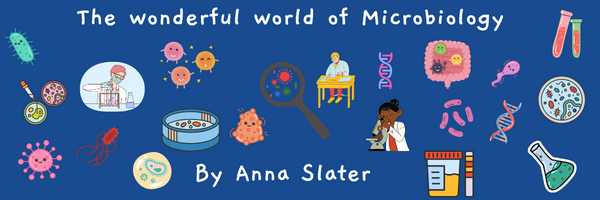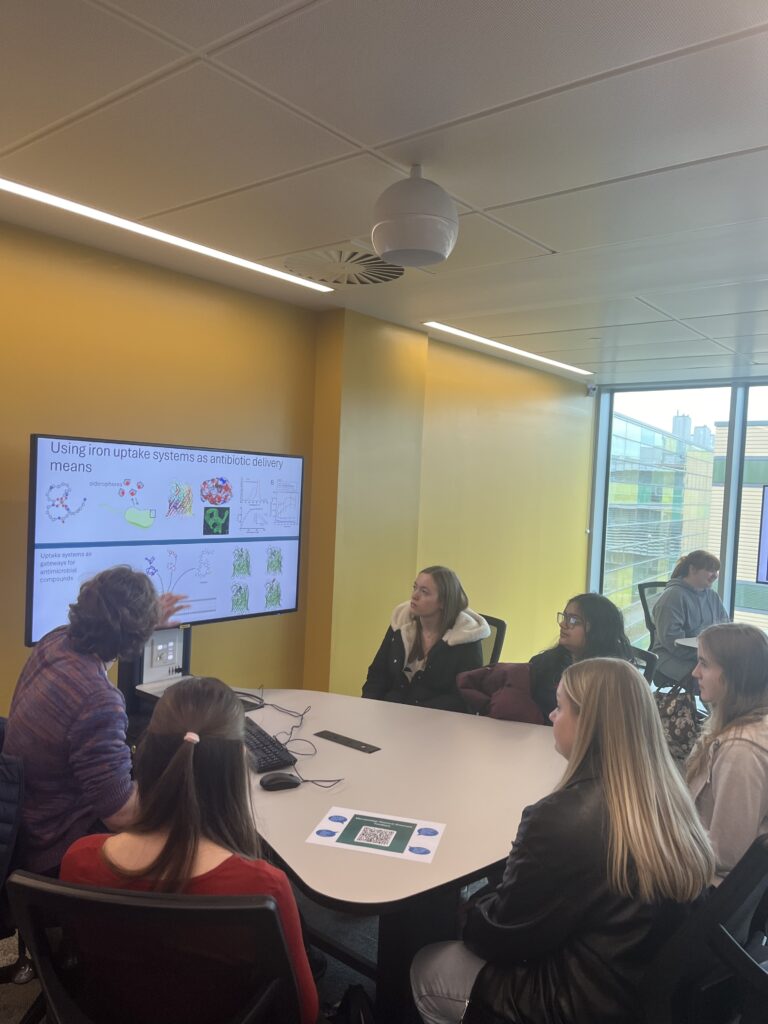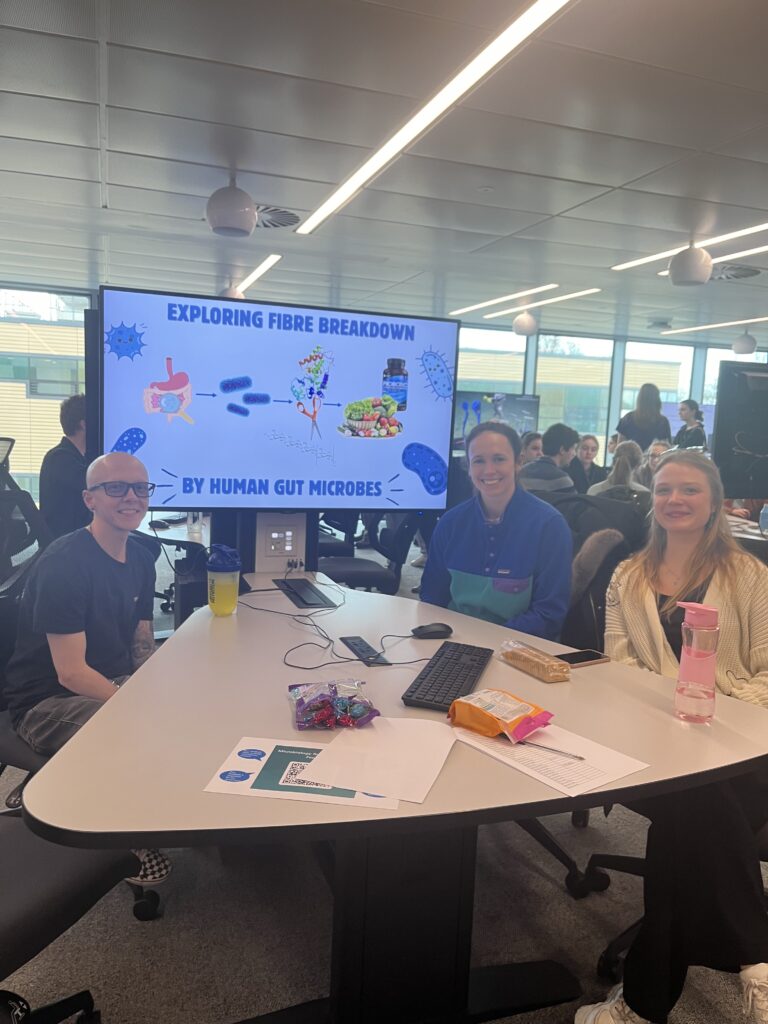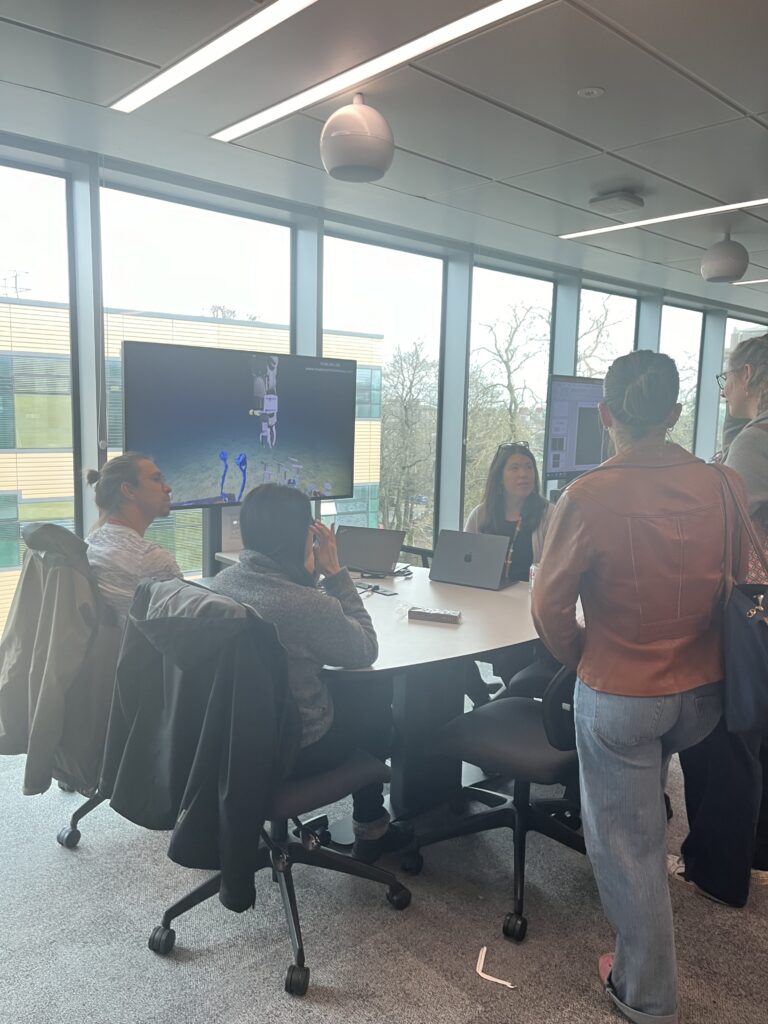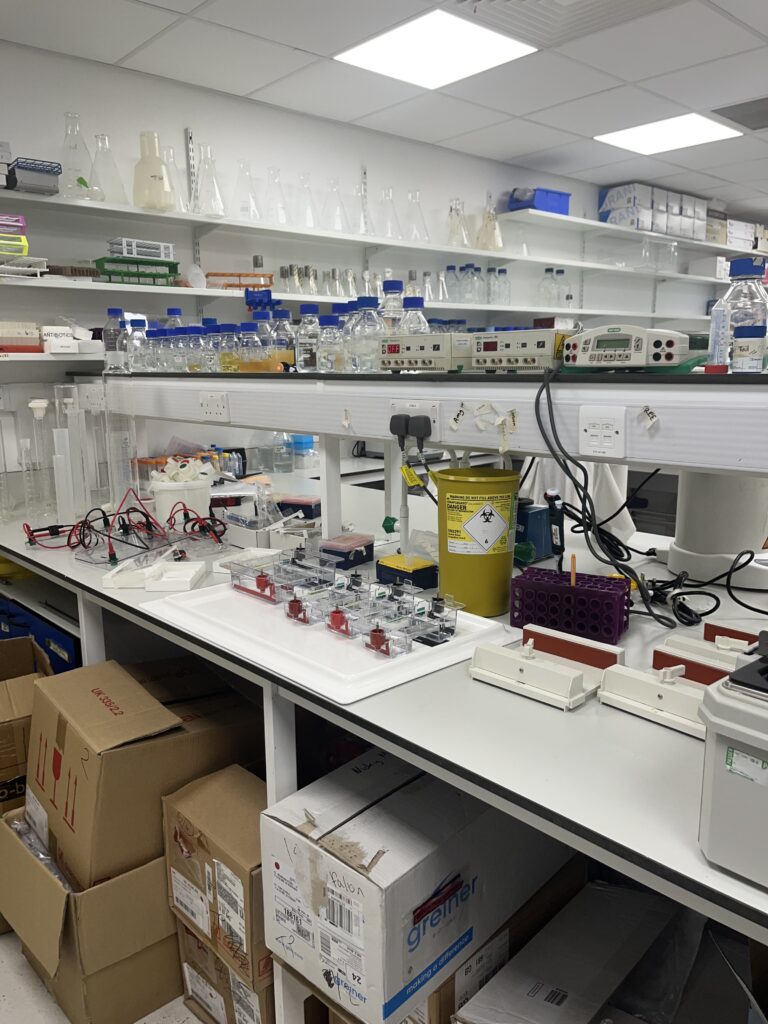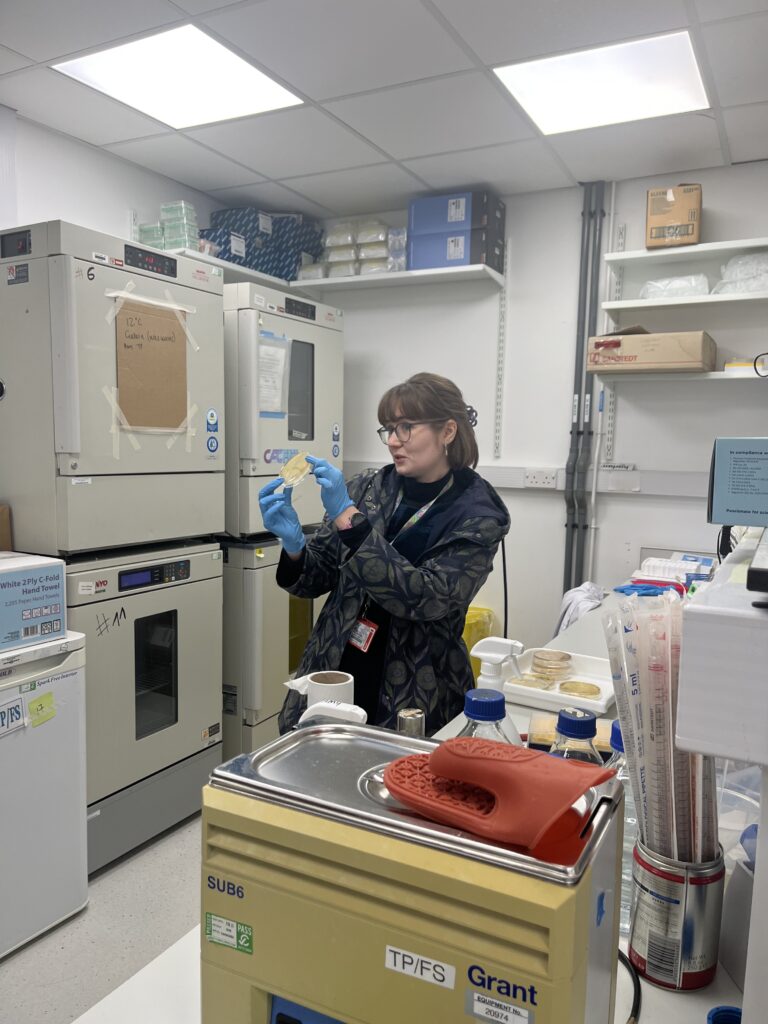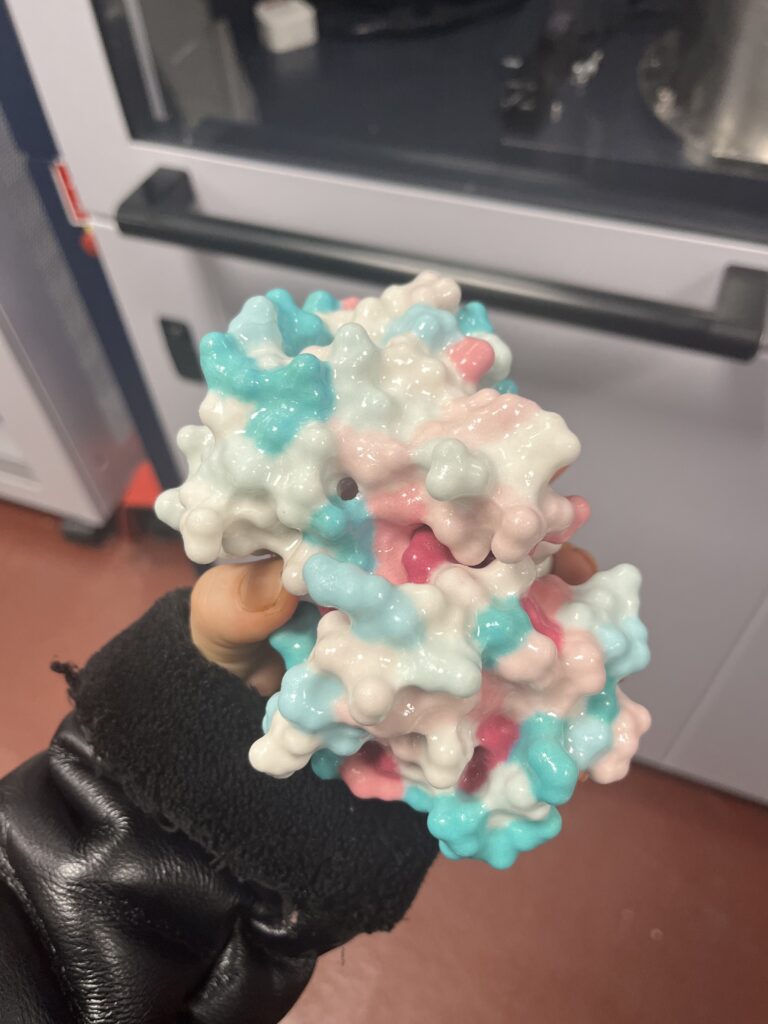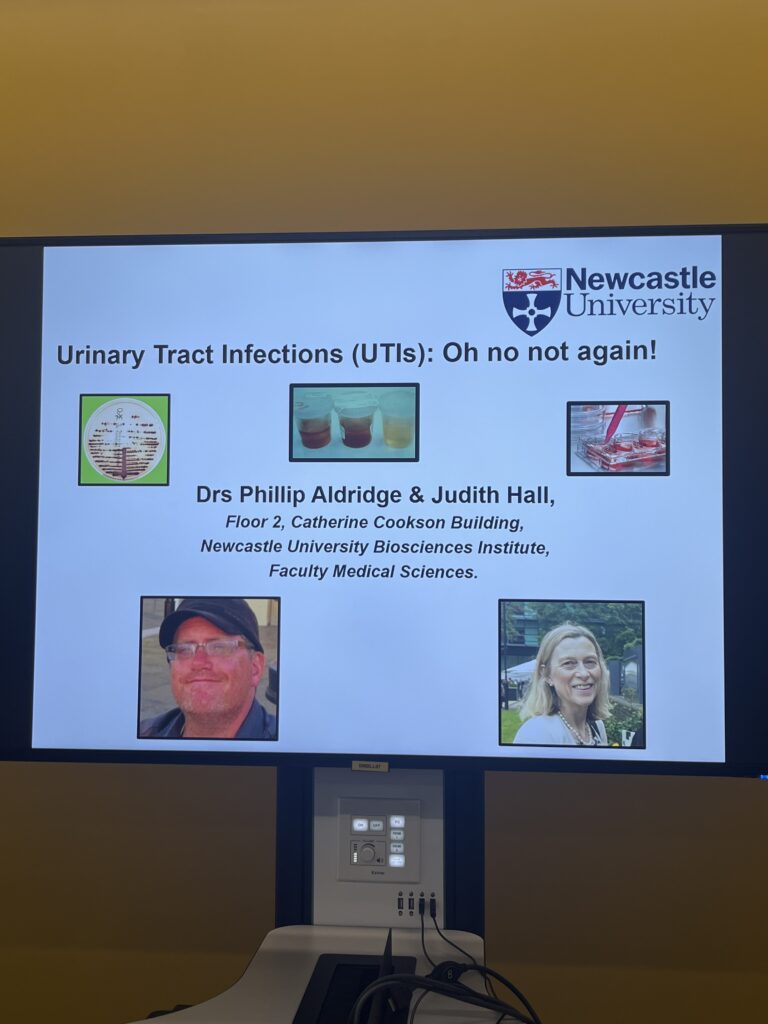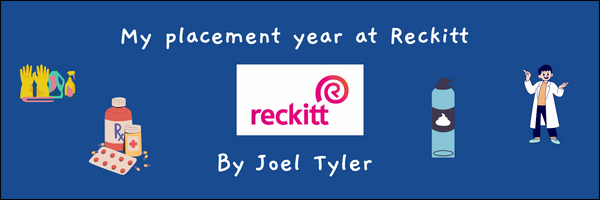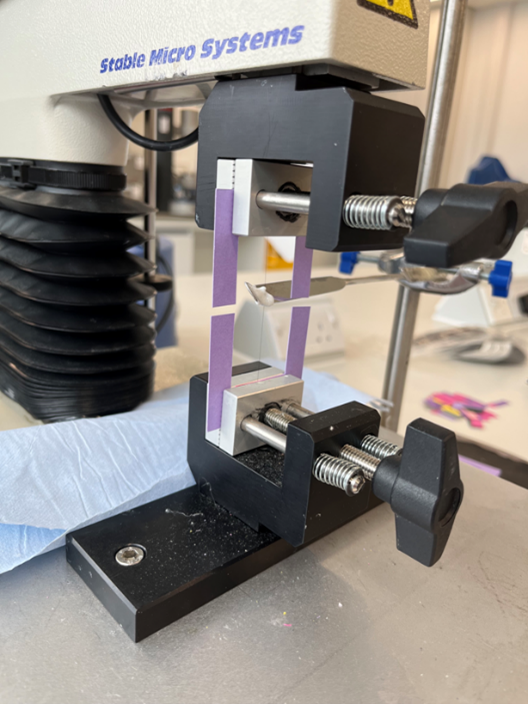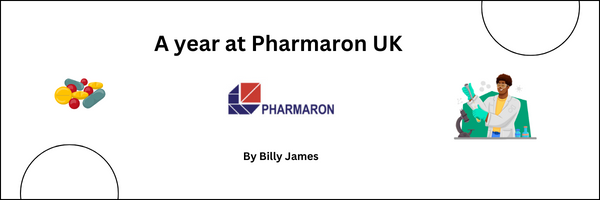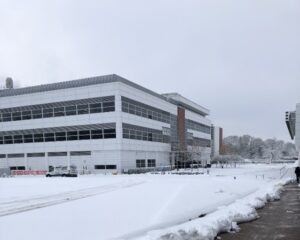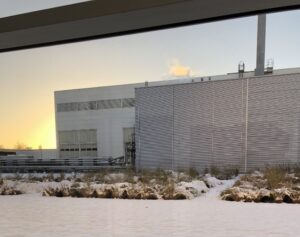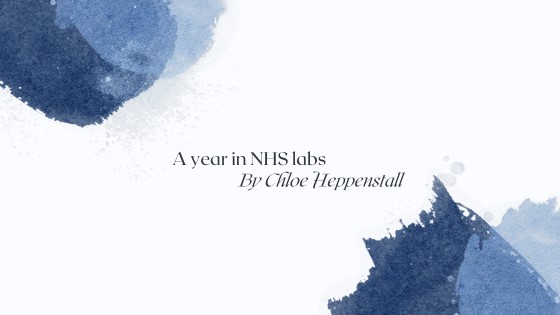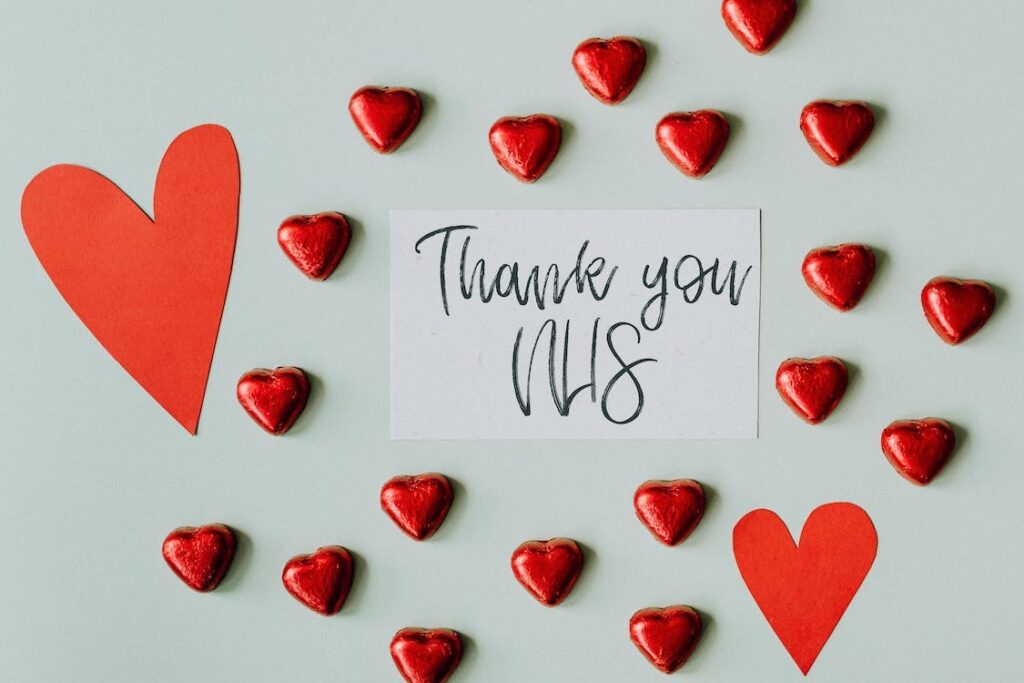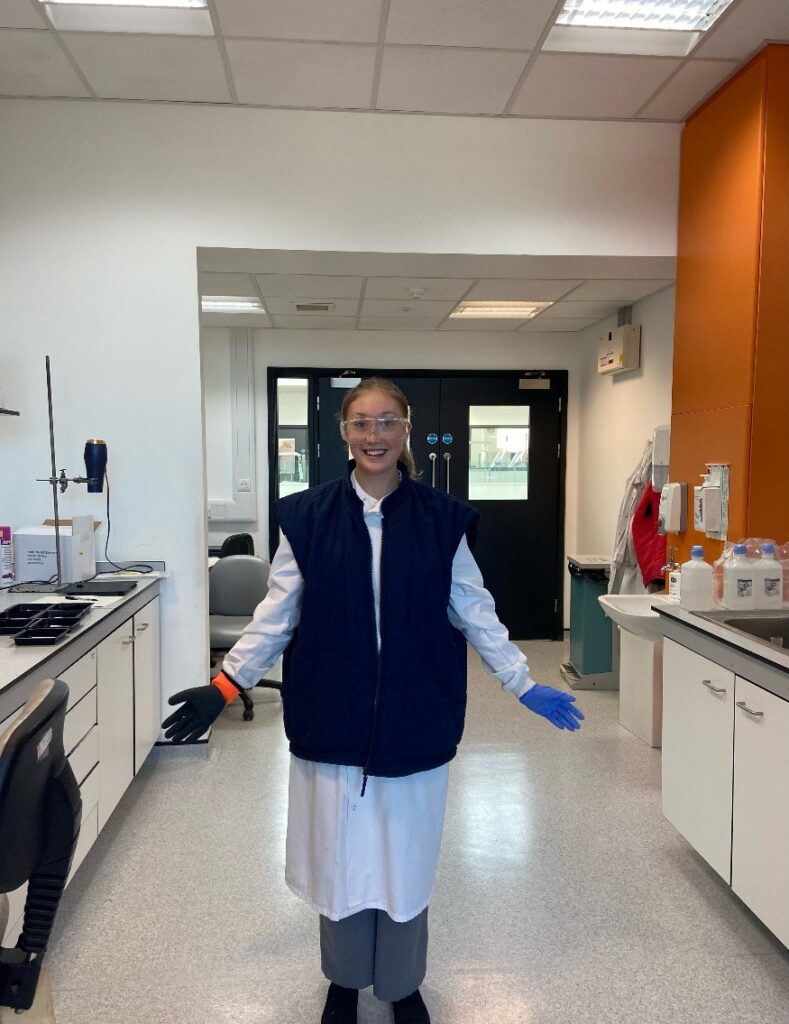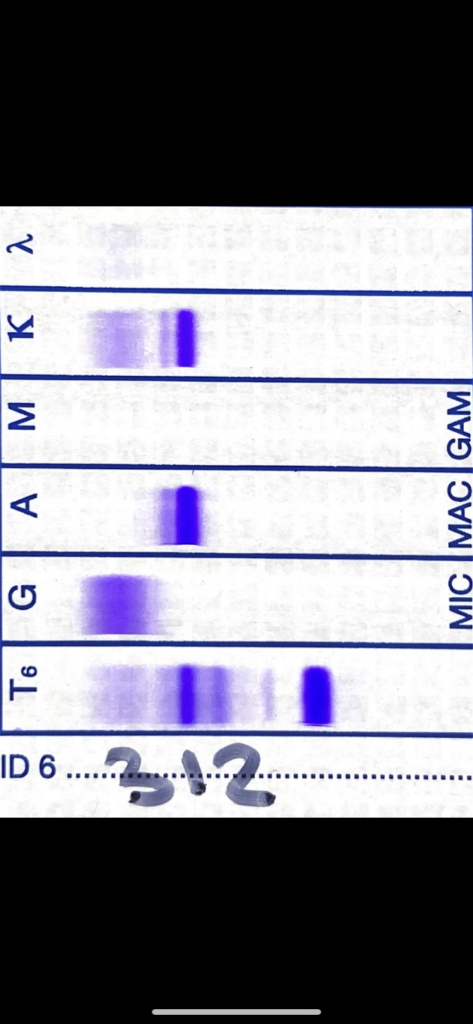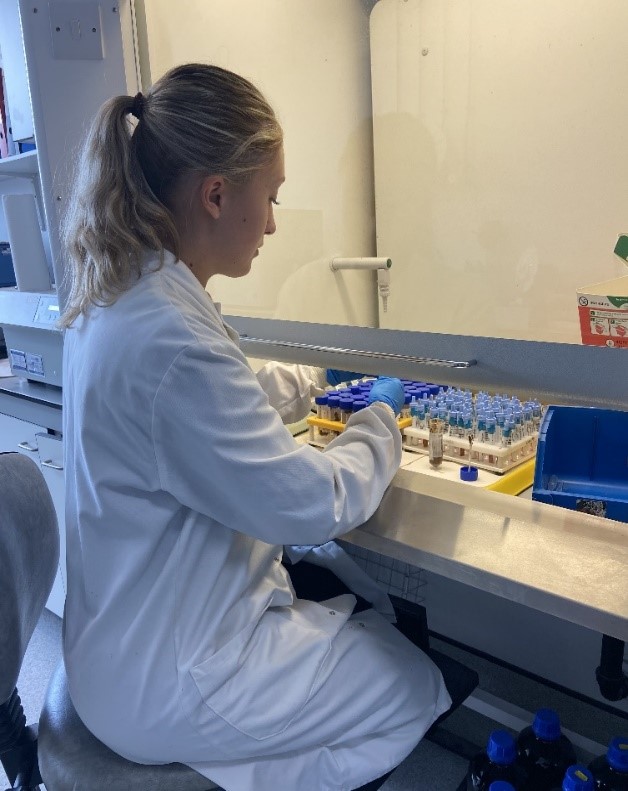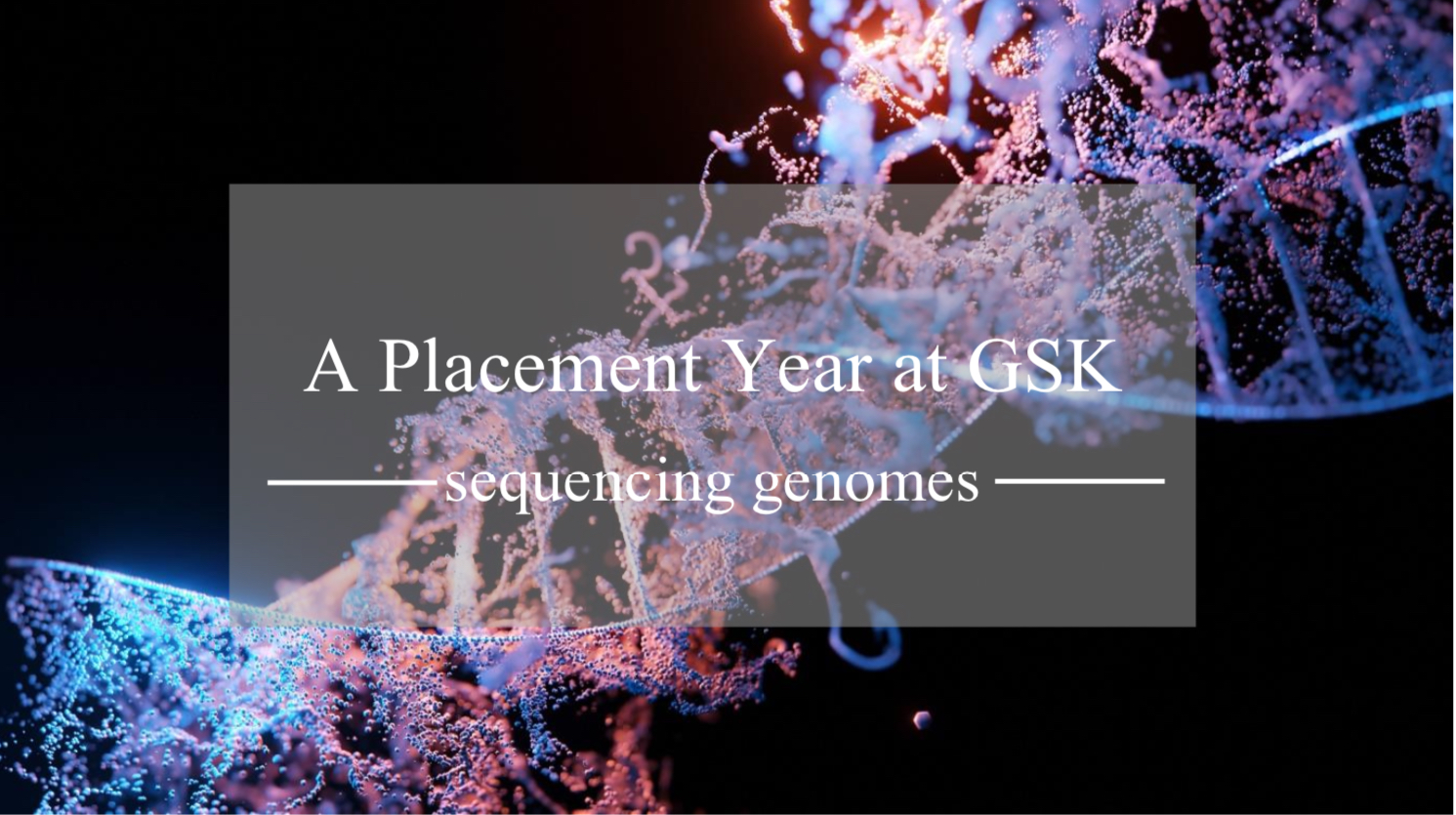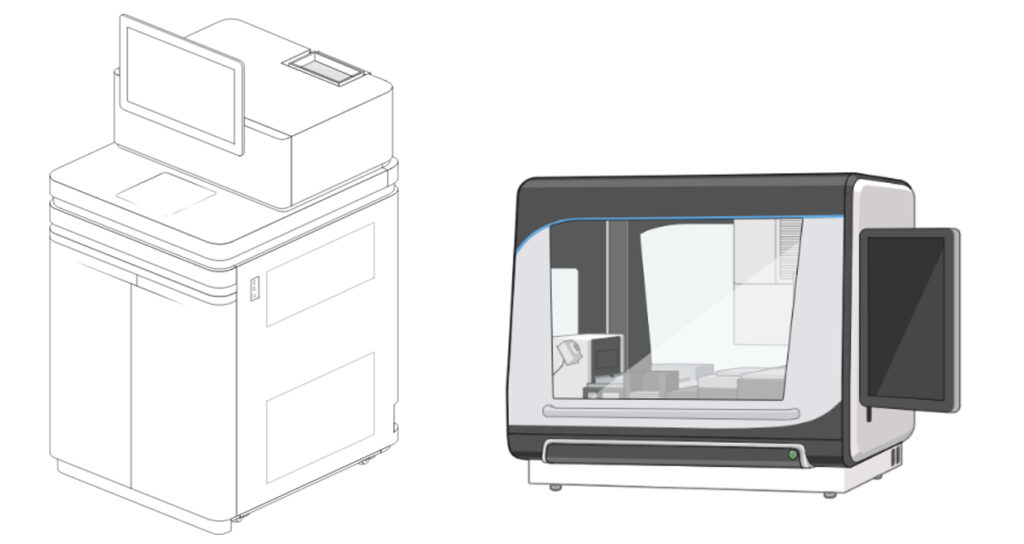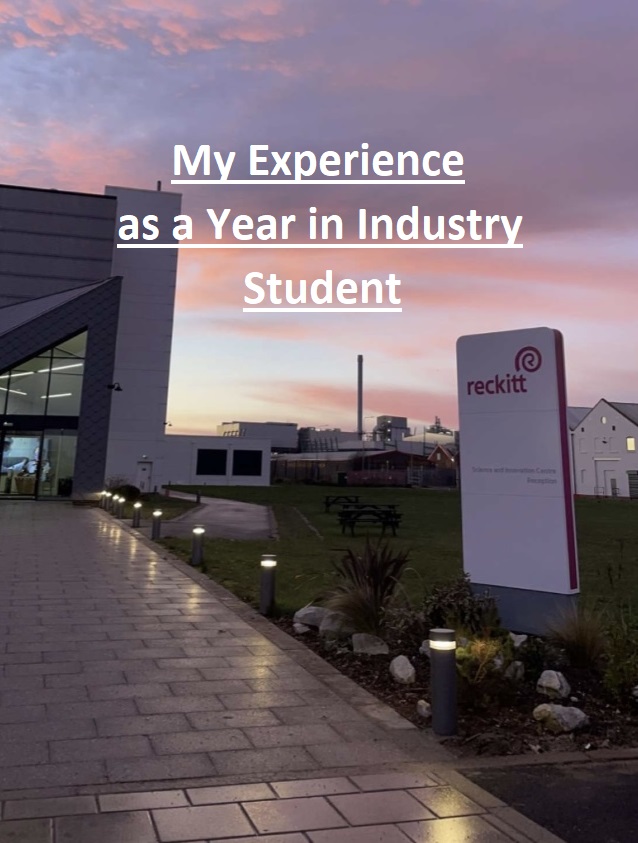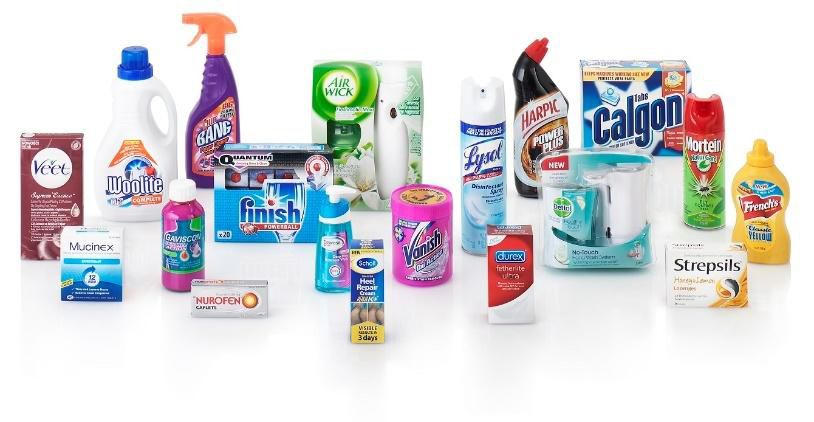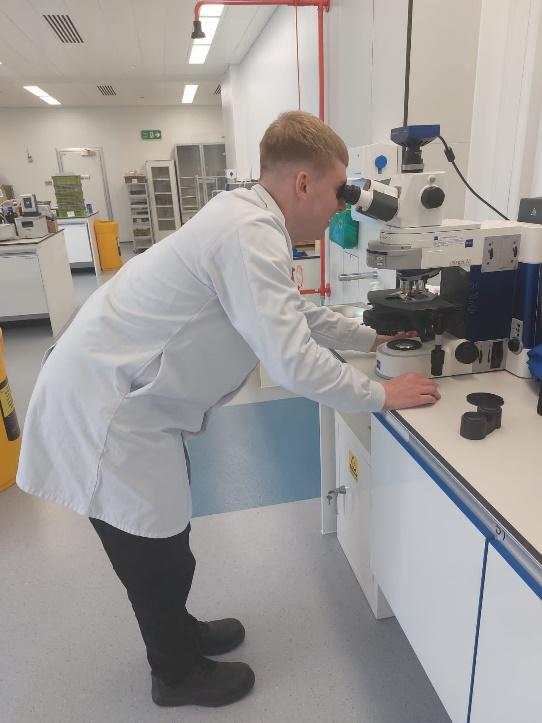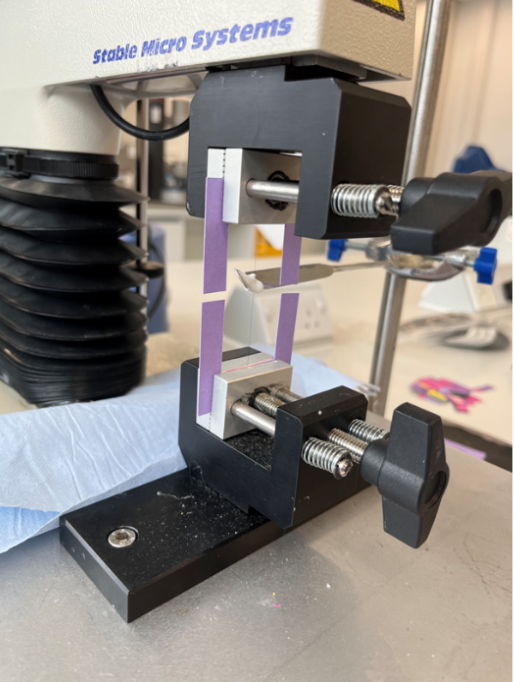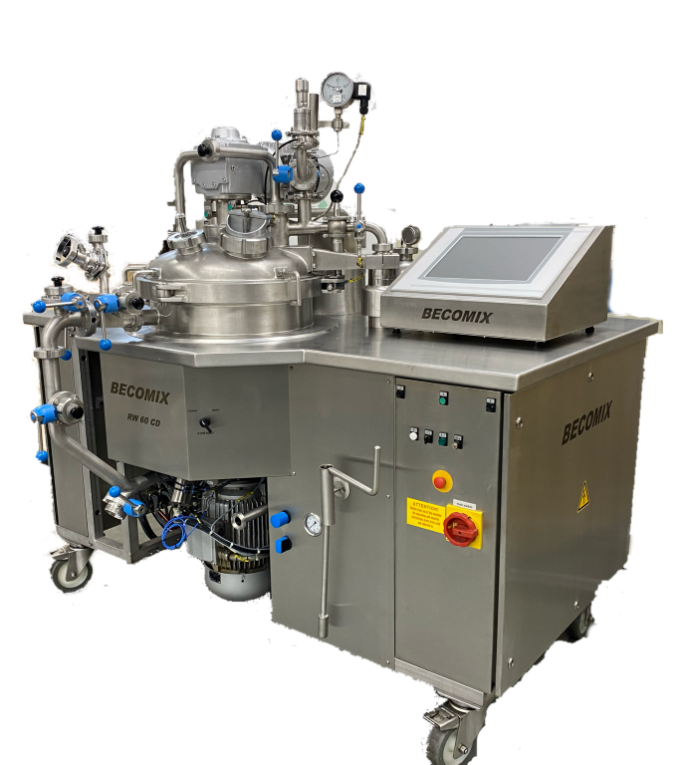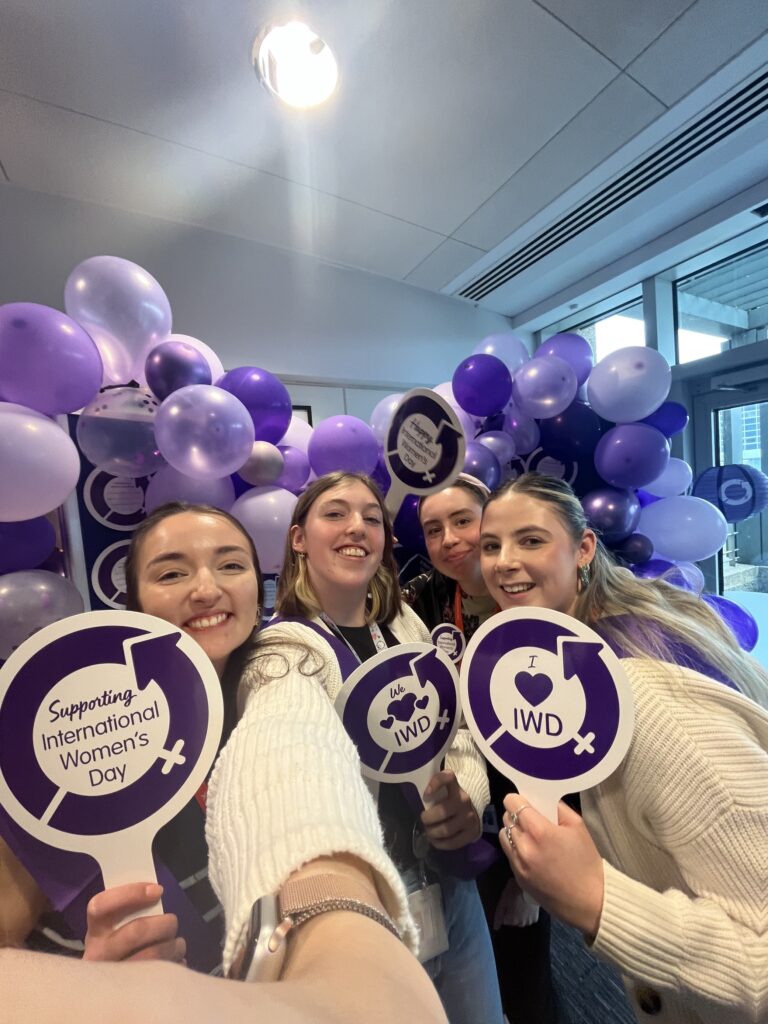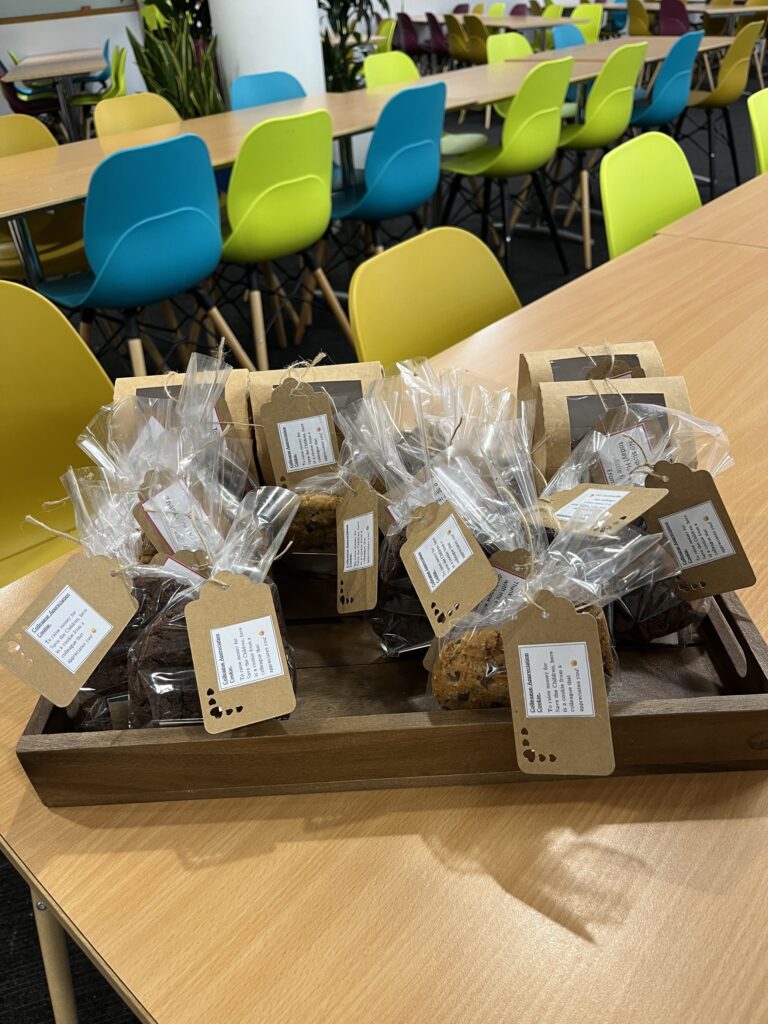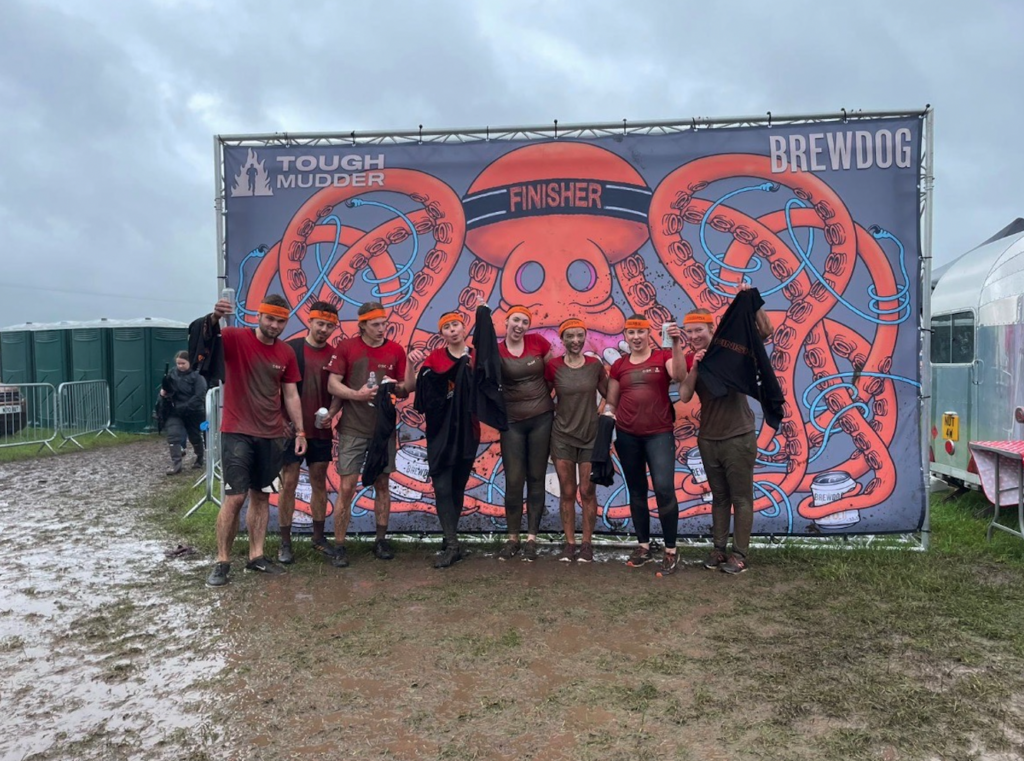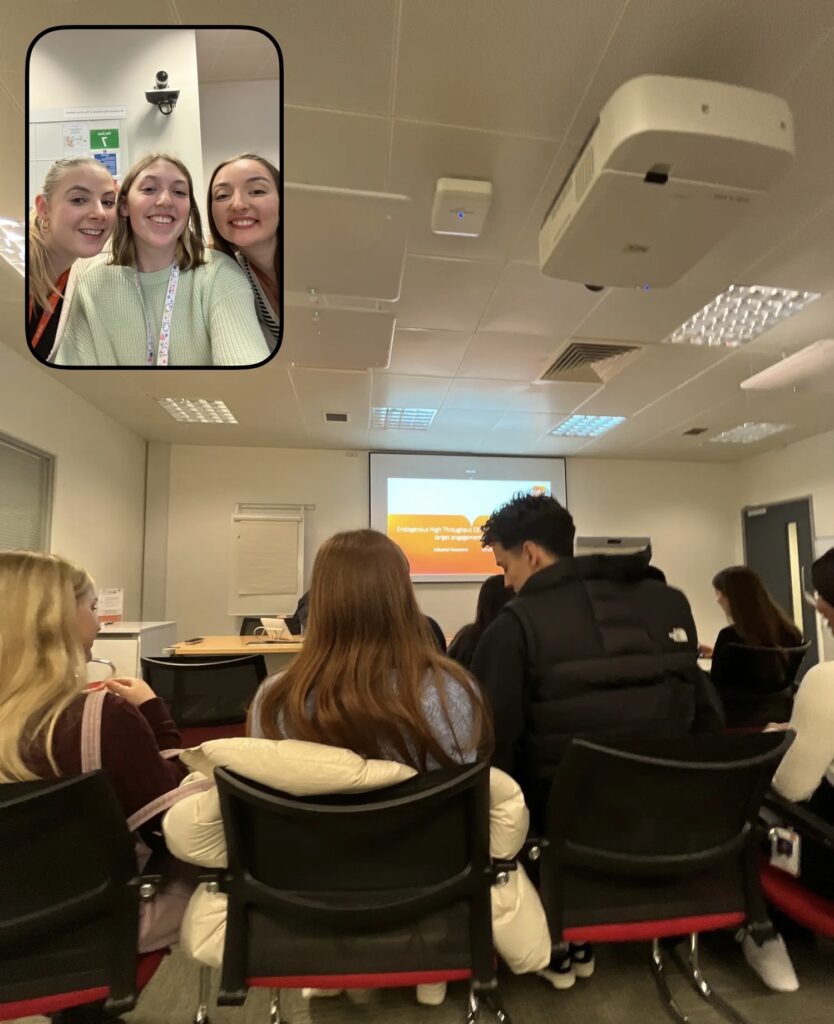by Grace Preston, Stage 3 Biomedical Sciences
A Little Context
Hello, I’m Grace, I study Biomedical Science and I had the option to take a placement year away from studying and get into the job role behind my subject. I was one of the lucky few to be offered a year at Organon.
Most of you will not have heard of Organon but once I did my research into the company and its values, I found it to be the perfect option for me.
Organon is a global women’s healthcare company based in 62 countries (to be precise) but lucky for me I was based just around the corner in Cramlington. Different sites vary in testing and research but in Cramlington we focus on testing drugs already on the market (known as stability) and new drugs preparing to be put on the market (known as release).

A Day in the Life of a Lab Intern
After our training we were given the teams we would be based in. I got put into the montelukast team also known as singular (I know, long drug name) which is a drug for asthma specifically for children’s asthma attacks but can be used for lots more. The team were so helpful in getting me up to speed with the number of drugs we receive each week and the typical plan for the week to make sure we release them before their guideline date. I soon learnt each week is different with which type of drug we received and trust me I still can’t name you every single variation of each different drug and how many different tests are needed for them.
My days varied with the different training I received during my year such as UV work, use of DR baths, content uniformity and assays all used to determine how effective the drug is through time points. After a couple months our teams changed and become merged with another drug called Zocor also known as Simvastatin which is for lowering cholesterol.
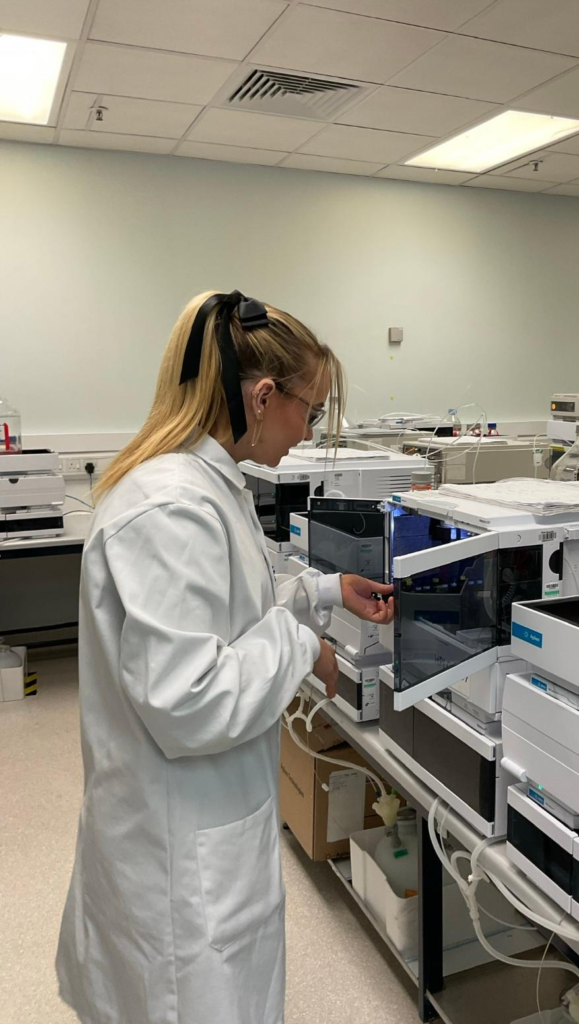
Is It Challenging?
Of course it is, as is every job. Going from a full-time uni student going out with friends (a little too much I care to admit) and basing your life around lectures and which test or essay is next to a full time 9-5 job is a struggle at first, but you’ll be surprised to know how easy it becomes after a few weeks. The timelines and responsibility were very similar to university, but the stress is so much different at the end of the day you finish work and that’s your day done; not “oh no I need to revise”.
My Advice
If you’re looking for placements look into the companies and job roles so you can understand the expectation and if it suits you. Theres no harm in applying for lots and when you get to the interview stage, practice your questions and even make some of your own for when you get there, and do some research into the company but most importantly just be yourself.
Ps LinkedIn is amazing for connecting with current placement students as well as current placements on offer.
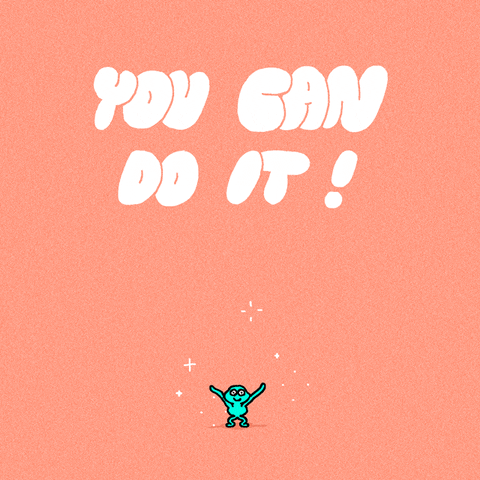
So Should You Do a Placement…?
Simple answer, absolutely! The experience in a scientific working atmosphere is amazing. It helps you gain experience for your future jobs as well as lets you understand your subject so much better and helps you realise what areas you’d like to be based in in later life. I have not only gained so much experience scientifically but also made some incredible friends and gained so much more working life skills that I will 100% be using.
It may be stressful looking at jobs in areas you’ve never even looked at before but trust me just do it, everyone is so welcoming and helpful and you’ll be surprised how much you can learn in just a year.
So, take this as a sign to start placement hunting and get your CVs and cover letters sent in, you won’t regret it!
